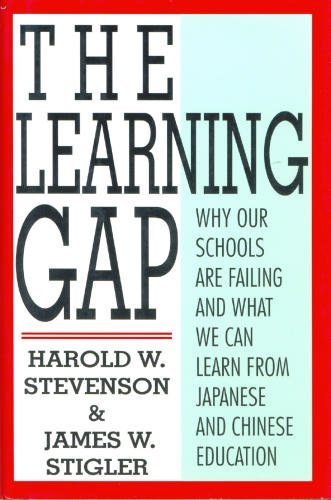Synopsis
Compares United States elementary education practices with those in Asia and comes to some surprising conclusions
Reviews
Stevenson (psychology, Univ. of Michigan) and Stigler (psychology, Univ. of California, Los Angeles) offer a comparison between American (Chicago, Minneapolis) and Asian (Taiwan, China, Japan) elementary schools. Quantifiable variables include instruction time, test data, length of school year, curriculum studied, and instruction strategies. Another factor the authors consider is attitude (e.g., parental attitudes toward schooling, children toward learning, society toward educators, etc.). The writing style is informal, and sufficient statistical data is presented to support the findings. Some challenges are offered: "The American educational system as it currently exists is producing an educationally advantaged minority and a disadvantaged majority." The authors conclude that "Americans are proud of their individualism; Asians are proud of their group orientation." For large public and academic libraries.
- Lois F. Roets, Drake Univ., Des Moines
Copyright 1992 Reed Business Information, Inc.
"About this title" may belong to another edition of this title.
